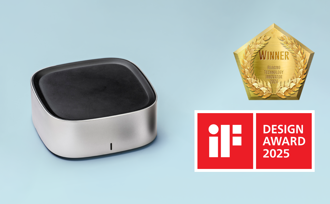
Understanding Bilateral Hearing Loss
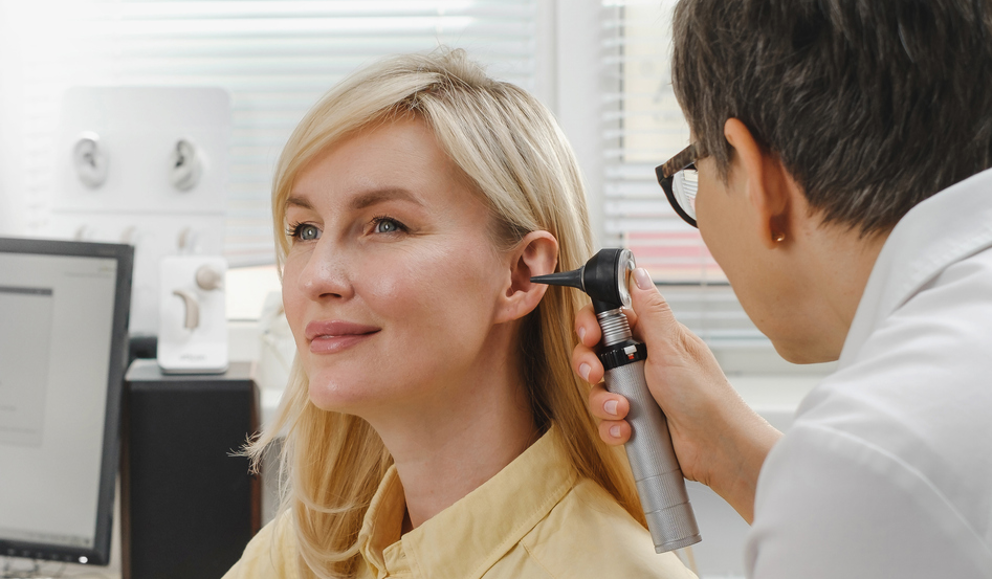
What Is Bilateral Hearing Loss? Understanding the Mechanics.
Bilateral hearing loss refers to hearing loss that occurs in both ears. It can result from pathologies affecting the middle or outer ear structures simultaneously, leading to bilateral conductive hearing loss. However, bilateral sensorineural hearing loss is more common, particularly in adults, and should be the primary diagnostic consideration in most clinical contexts.
Bilateral Conductive Hearing Loss
Bilateral, conductive hearing loss occurs when a pathology affects the middle or outer ears of both ears at the same time. This prevents the sound from getting through to the inner ear properly. Examples of pathologies where this can happen include:
- Ear infections/fluid in the ears
- Perforated tympanic membranes
- Otosclerosis
- Ear wax build-up
Bilateral conductive hearing loss can often be treated using medical management. For example, ear infections can be treated with antibiotics, and ear wax build-up can be treated by removing the wax. Small children are particularly prone to ear infections and fluid in their ears due to anatomical differences with smaller heads; however, they usually grow out of being susceptible to these issues. In cases where medical management is not suitable or unsuccessful, these patients may be fitted with hearing devices to mitigate the effects of their bilateral hearing loss.
Bilateral Sensorineural Hearing Loss
Bilateral sensorineural hearing loss occurs when the hearing organ (cochlea) and/or the auditory nerve pathway in both ears are damaged. While the exact mechanics of hearing loss will depend on its cause, it is often that the little hair cells in the cochlea are damaged, preventing the effective transmission of signals to the auditory nerve. Pathologies that can cause bilateral sensorineural hearing loss include:
- Noise-induced hearing loss
- Exposure to ototoxic drugs
- Infections
- Autoimmune disorders
- Age-related processes (presbycusis)
- Genetic factors
- Prenatal factors
Sensorineural bilateral hearing loss is usually permanent. Depending on the cause, it can get worse over time. Treatment with hearing devices such as hearing aids and cochlear implants is important in mitigating the effects of bilateral sensorineural hearing loss.
Recognizing Bilateral Hearing Loss Symptoms
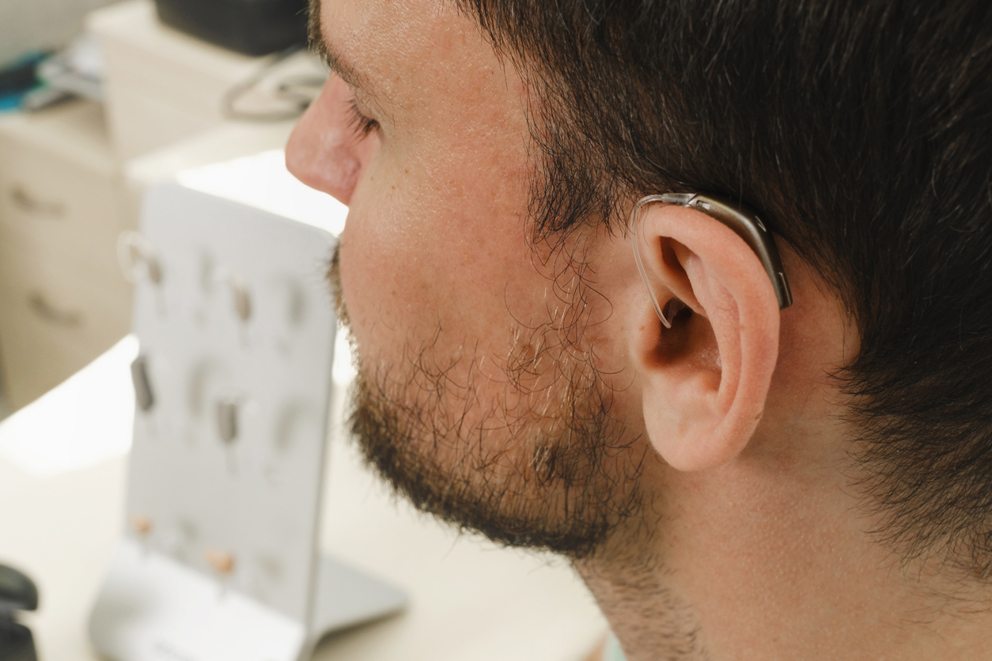
Patients with bilateral sensorineural hearing loss may notice hearing is generally more difficult, particularly in more challenging listening environments. Sensorineural bilateral hearing loss tends to affect the high frequencies first, often creating symptoms like feeling like the speaker is mumbling, turning the TV or radio up, difficulty hearing on the phone, and difficulty following a conversation in noise.
Bilateral hearing loss can have many different causes. The shape of the hearing loss with bilateral hearing loss can vary. This means how it affects your patients' hearing will vary depending on the cause and the shape of the hearing loss.
Master Diagnostic Audiology - A Practical Handbook for Audiologists
Covering the latest in diagnostic tools, from tympanometry to advanced speech testing, this guide is designed to help you uncover the nuances of hearing health with precision. Ideal for hearing care professionals seeking to enhance their diagnostic understanding.
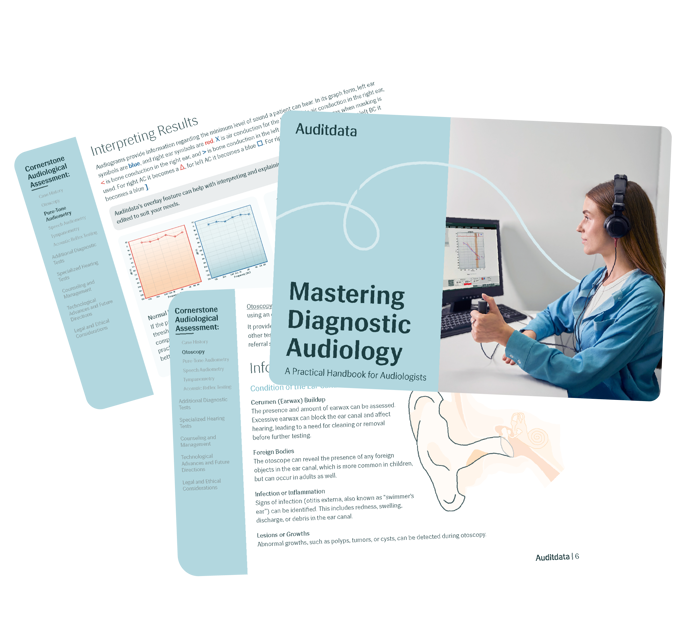
Bilateral Hearing Loss Causes

The most common type of bilateral hearing loss, particularly in adults, is sensorineural hearing loss. This type of bilateral hearing loss can result from any one of a number of causes, including:
Noise-Induced Hearing Loss
This can occur due to prolonged and ongoing exposure to noise, such as machinery or loud music, or after a single exposure to a loud sound. Sometimes, noise-induced hearing loss is temporary, but with enough exposure to loud noise, it will become permanent.
Age-Related Changes and Hearing
This type of hearing loss is called presbycusis. Over time, the inner ear structures and nerve pathways can be damaged by use. This is the most common cause of hearing loss in older adults.
Exposure to Ototoxic Drugs
Ototoxic drugs can damage the inner ear. Drugs include aminoglycosides such as gentamicin, chemotherapy agents such as cisplatin, high doses of aspirin or loop diuretics.
Infections
Including viral infections such as measles and mumps and bacterial infections such as untreated middle ear infections.
Autoimmune Disorders
Autoimmune ear disease causes the immune system to attack and damage the inner ear structures. This hearing loss can fluctuate or progress over time. These hearing losses can occur quite suddenly.
Genetic Conditions
Genetic factors such as gene mutations that cause hearing loss, such as a connexin 26 mutation, or cause hearing loss as part of a broader syndrome such as Usher syndrome or Waardenberg syndrome.
Prenatal Factors
Exposure to certain infections during pregnancy, such as cytomegalovirus (CMV) and rubella, can cause bilateral hearing loss. Some infections cause hearing loss at birth, while others cause it to develop or progress over a person’s lifetime.
Bilateral Hearing Loss Treatment and Management Strategies
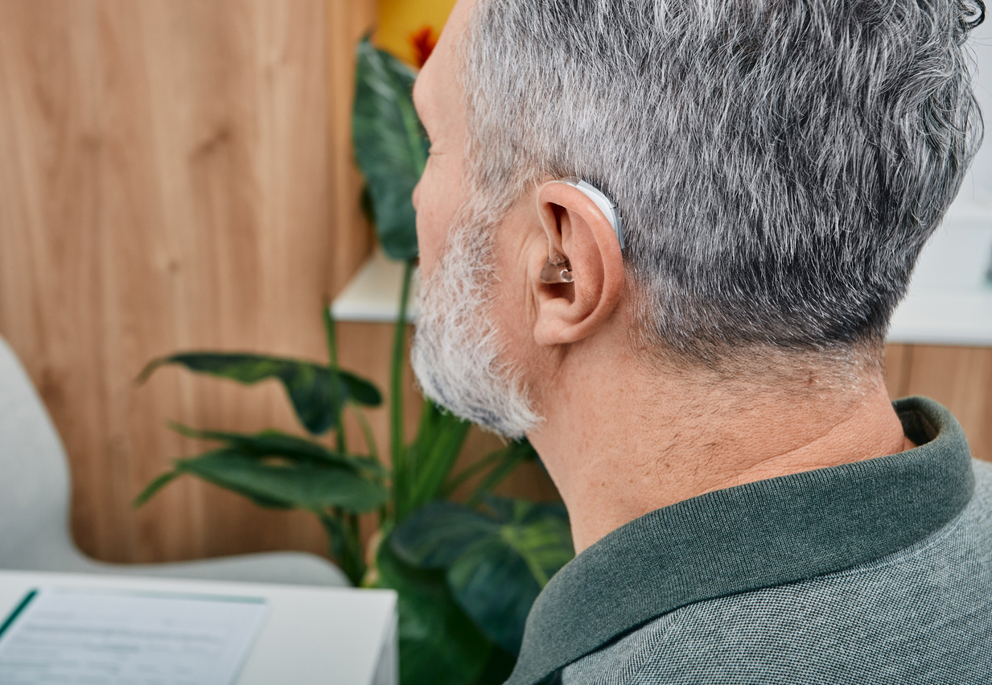
Fitting and Optimizing Hearing Aids for Bilateral Loss
Modern hearing aids integrate advanced technology designed to mitigate the effects of bilateral hearing loss. Today’s devices are more compact, discreet, and effective than ever before, delivering improved speech clarity, adaptive noise management, and wireless connectivity.
Hearing aids are available in various styles to suit different anatomical and lifestyle needs. These include invisible-in-canal (IIC), in-the-ear (ITE), behind-the-ear (BTE), and receiver-in-canal (RIC) devices. The choice of style often depends on patient-specific factors such as ear canal shape, degree of hearing loss, and cosmetic preference.
Each brand offers multiple technology tiers, from basic to premium, differing in features such as noise reduction algorithms, directional microphone performance, and Bluetooth capabilities. Selecting the right combination of style and technology level should be based on a thorough assessment of:
- Audiometric profile and hearing loss severity
- Communication needs
- Ear anatomy and medical history
- Manual dexterity and cognitive status
- Personal preferences
- Lifestyle considerations (e.g., work environment, social activity level, media consumption habits)
Evaluating these factors holistically enables you to recommend a solution tailored to the patient’s needs and expectations.
Fitting the appropriate hearing aid is only the beginning. Device optimization, fine-tuning, and counseling are essential to achieving patient satisfaction. First-time hearing aid users, in particular, often require an acclimatization period to adjust to amplified sounds. Setting realistic expectations, offering gradual gain adjustments when needed, and providing thorough instruction on device use and maintenance can significantly improve long-term outcomes and adherence.
Bilateral Hearing Loss: FAQ
-
Bilateral hearing loss affects both ears, whereas unilateral hearing loss is confined to one ear. Accurate differentiation is essential for appropriate diagnosis and treatment planning, as bilateral loss often presents more significant communication challenges and may require binaural amplification.
-
While age-related hearing loss is a common cause in older adults, many younger patients present with bilateral loss due to genetic factors, congenital conditions, infections, or ototoxic exposure. Early identification and intervention are crucial to support language development and academic outcomes in pediatric cases.
-
Whether bilateral hearing loss is classified as a disability depends on its severity, functional impact, and the effectiveness of interventions. Some patients may experience significant communication barriers despite amplification, while others function well with appropriate hearing technology. HCPs should assess not only audiometric thresholds but also real-world listening performance and participation restrictions.
-
Curability depends on the underlying etiology. For example, bilateral conductive losses due to otitis media or cerumen impaction are often reversible. However, most cases, especially sensorineural, are permanent and require long-term management. Hearing aids, cochlear implants, and auditory rehabilitation strategies are essential in mitigating the impact of irreversible bilateral hearing loss.
Measure | Wireless REM Probes
Experience the Future of Hearing Care with REM Probes
This innovative tool is designed to simplify Real Ear Measurements and provide a better experience for both patients and clinicians.
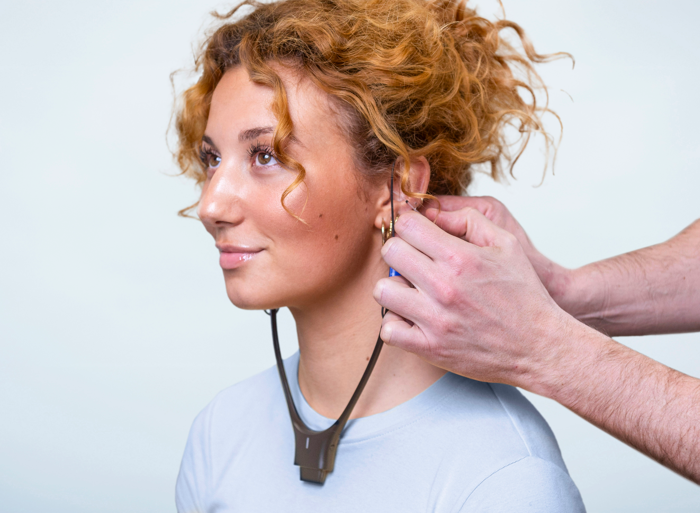
Other Blogs You Might Enjoy:

Generational Shifts in Health Attitudes: From Reactive to Preventive Care in Audiology
This blog will help you understand the varying perceptions and demands by generation so you can give each patient exactly what they want and need.
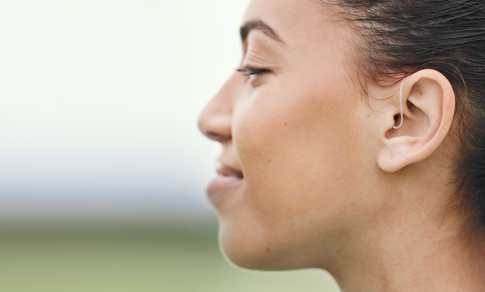
Ensure Your Patients Get the Most Out of Their Hearing Aids
This blog provides tips to maximize the value and performance of hearing aids, so your patients can get the most out of their devices.
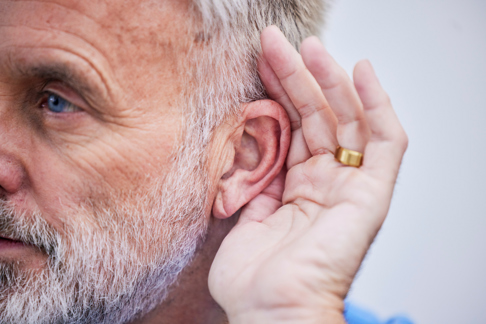
Conductive vs Sensorineural Hearing Loss
Mastering the key differences between conductive vs sensorineural hearing loss, including symptoms, causes, and treatment options.
Don't Miss Out On the Latest Insights On Audiology
Sign up today to receive exciting updates, tips, and the latest newsletters from Auditdata.

